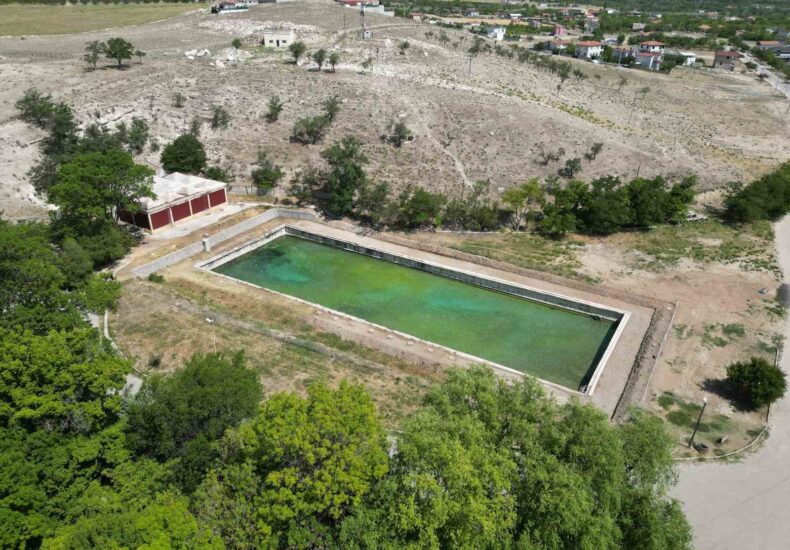
It was thought to be an ordinary water source: the Roman Pool of Bahçeli turns out to be a healing sanctuary
Eighty years after the last excavation, the Roman Pool in Bahçeli, a town near Bor in Niğde Province, has revealed an entirely new identity. Once believed to be a mere component of Tyana’s water supply system, the monumental pool has now been identified as part of a Roman healing sanctuary dedicated to the god Asklepios — the divine patron of medicine.
Excavations at the Bahçeli Roman Pool are being carried out under the “Heritage for the Future” project of the Turkish Ministry of Culture and Tourism, directed by Prof. Dr. Osman Doğanay from Aksaray University. The structure, originally built in the 2nd century AD during the reigns of Emperors Hadrian and Trajan, was long interpreted as a utilitarian installation providing clean water to ancient Tyana.

However, the 2025 excavation season has dramatically altered that perception. Archaeologists have unearthed votive offerings, cultic fragments, and architectural remains that clearly link the pool to Asklepios, the god of healing and medicine in Greco-Roman tradition.
“The most significant discovery was a dedicatory altar depicting serpents — the main symbols of Asklepios,” Prof. Doğanay explained. “Along with the fragments of statues carrying the same motif, these finds provide direct evidence that the pool functioned as a therapeutic sanctuary rather than just an engineering structure.”
📣 Our WhatsApp channel is now LIVE! Stay up-to-date with the latest news and updates, just click here to follow us on WhatsApp and never miss a thing!!
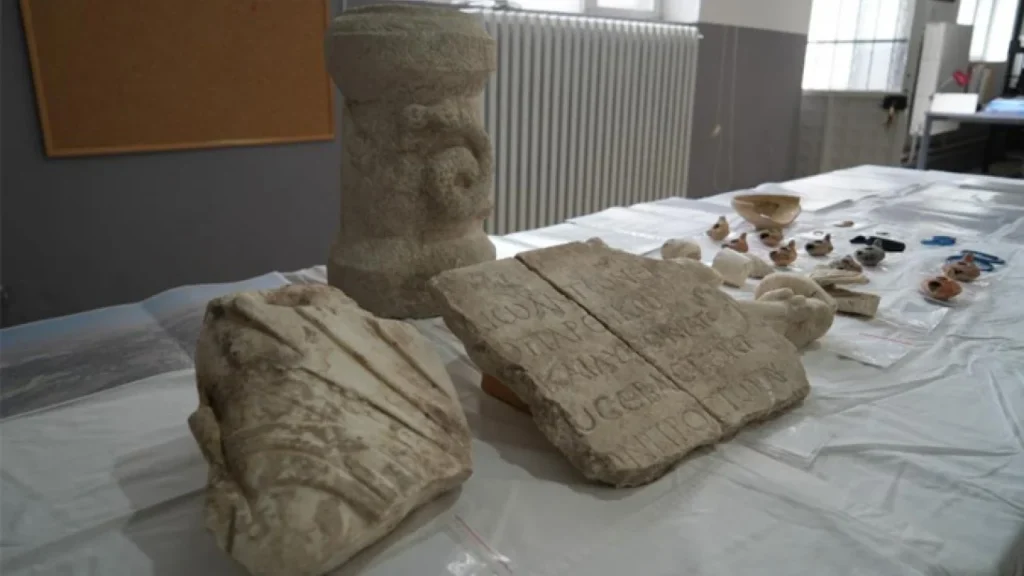
The eastern side of the pool also revealed the foundations of a temple or cult complex associated with Asklepios, suggesting that healing rituals involving sacred waters once took place here.
A newly discovered inscription confirmed that the complex dates to the reigns of Marcus Aurelius and Commodus (AD 177–180), indicating that the pool’s construction or dedication occurred within a narrow three-year period.

Cultural and historical context
Located within the boundaries of ancient Tyana, one of Cappadocia’s most important Roman cities, the Bahçeli Roman Pool now represents a rare example of water-based healing architecture in Anatolia. Comparable sanctuaries dedicated to Asklepios existed in Pergamon and Epidaurus, but this discovery shows that such medical-spiritual centers also extended deep into inner Anatolia.
Prof. Doğanay emphasizes that the renewed excavations, after nearly eight decades of silence, mark a turning point:
“We can now say with certainty that the Roman Pool was a place where water was not only used for supply but also for healing rituals. This changes how we understand the urban and religious life of Roman Cappadocia.”
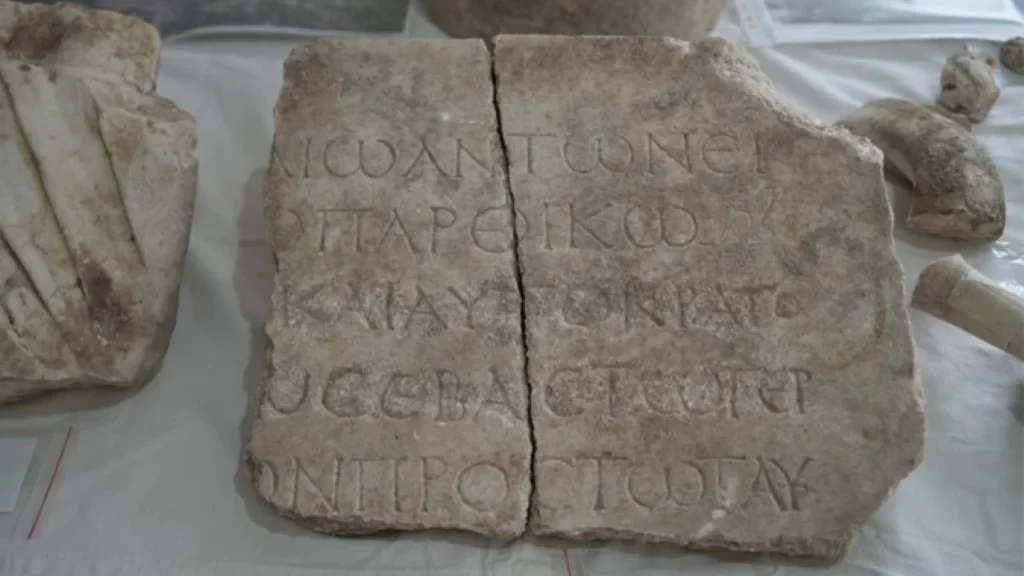
The excavations are set to continue in 2026, with plans to fully uncover the architectural complex and prepare the site for cultural tourism. Once completed, the Bahçeli Roman Pool could become one of Anatolia’s most significant archaeological landmarks combining Roman engineering, religion, and early medical practice.
You may also like
- A 1700-year-old statue of Pan unearthed during the excavations at Polyeuktos in İstanbul
- The granary was found in the ancient city of Sebaste, founded by the first Roman emperor Augustus
- Donalar Kale Kapı Rock Tomb or Donalar Rock Tomb
- Theater emerges as works continue in ancient city of Perinthos
- Urartian King Argishti’s bronze shield revealed the name of an unknown country
- The religious center of Lycia, the ancient city of Letoon
- Who were the Luwians?
- A new study brings a fresh perspective on the Anatolian origin of the Indo-European languages
- Perhaps the oldest thermal treatment center in the world, which has been in continuous use for 2000 years -Basilica Therma Roman Bath or King’s Daughter-
- The largest synagogue of the ancient world, located in the ancient city of Sardis, is being restored



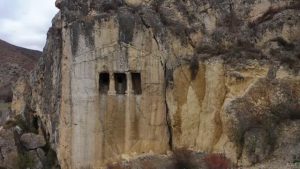

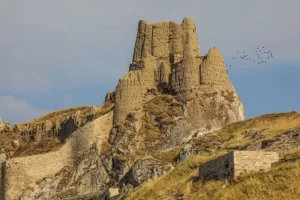
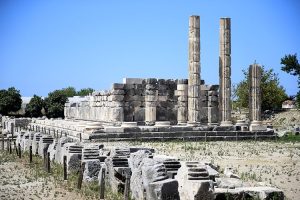



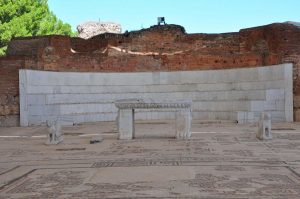
Leave a Reply